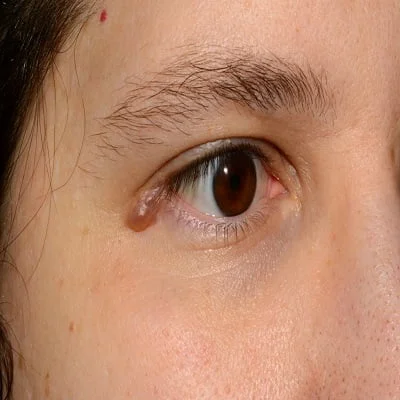Syringomas are benign sweat duct tumors that typically appear as small, flesh-colored bumps on the skin, most commonly around the eyes. While these growths are harmless, their appearance can be distressing, leading many individuals to seek removal through various treatments. Post-treatment care is crucial for ensuring optimal healing and minimizing the risk of complications. If you’ve recently undergone Syringoma Removal Treatment in Dubai, here’s a comprehensive guide to help you navigate the recovery process.
Understanding Syringoma Removal
Syringoma removal can be achieved through different methods, including laser therapy, cryotherapy, electrosurgery, or surgical excision. Each technique has its own set of post-treatment requirements, but general care principles apply to all. Proper aftercare is essential to promote healing, prevent infection, and achieve the best cosmetic outcome.
Immediate Post-Treatment Care
1. Follow Medical Advice
Immediately after the procedure, adhere closely to your healthcare provider’s instructions. This may include applying specific ointments or creams, avoiding certain activities, and attending follow-up appointments. Your provider will offer tailored advice based on the method used for your syringoma removal.
2. Keep the Area Clean
Maintaining cleanliness is vital to prevent infection. Gently clean the treated area with a mild, non-irritating cleanser and lukewarm water. Avoid using abrasive materials or scrubbing the area. Pat the skin dry with a clean towel—do not rub.
3. Apply Prescribed Medications
If your healthcare provider has prescribed topical antibiotics or anti-inflammatory creams, apply them as directed. These medications help prevent infection and reduce inflammation. Always use them precisely as instructed and avoid self-medicating with over-the-counter products unless recommended.
Managing Pain and Discomfort
1. Use Pain Relief as Needed
Some discomfort is normal after syringoma removal. Over-the-counter pain relievers such as acetaminophen or ibuprofen can help manage pain. Avoid aspirin as it may increase bleeding risks. Consult your doctor before taking any new medications.
2. Avoid Picking or Scratching
The treated area may itch or feel sensitive. Resist the urge to scratch or pick at it, as this can lead to complications such as scarring or infection. If itching becomes severe, discuss it with your healthcare provider for appropriate remedies.
Protecting the Treated Area
1. Avoid Sun Exposure
Protecting the area from the sun is crucial to prevent hyperpigmentation and uneven skin tone. Use a broad-spectrum sunscreen with an SPF of at least 30 on the treated area once healing begins. It’s also beneficial to wear protective clothing or a wide-brimmed hat when exposed to sunlight.
2. Avoid Excessive Moisture
While keeping the area clean is important, excessive moisture can be detrimental. Avoid soaking the treated area in water, such as in baths or swimming pools, until your healthcare provider confirms it is safe. Showers are generally fine, but avoid direct, forceful water spray on the area.
Promoting Healing
1. Stay Hydrated and Eat a Balanced Diet
Good overall health supports skin healing. Drink plenty of water and consume a balanced diet rich in vitamins and minerals. Foods high in vitamins A and C, such as leafy greens and citrus fruits, can be particularly beneficial for skin repair.
2. Monitor for Signs of Infection
Watch for signs of infection, including increased redness, swelling, pain, or discharge. If you notice any of these symptoms, contact your healthcare provider promptly. Early intervention can prevent more serious complications.
Long-Term Care and Follow-Up
1. Attend Follow-Up Appointments
Follow-up appointments are important to monitor your healing progress and address any concerns. Your healthcare provider will assess the treated area and ensure that the syringomas have been effectively removed without complications.
2. Be Patient with the Healing Process
Healing times vary depending on the individual and the removal method used. While some patients experience quick recovery, others may take longer. Be patient and continue to follow your post-treatment care instructions closely for the best results.
Conclusion
Effective post-treatment care is crucial for a smooth recovery following syringoma removal. By adhering to your healthcare provider’s instructions, maintaining cleanliness, protecting the treated area, and monitoring for potential issues, you can ensure optimal healing and achieve the best cosmetic outcome. If you have any questions or concerns during your recovery, don’t hesitate to reach out to your healthcare provider for guidance and support.





Comments